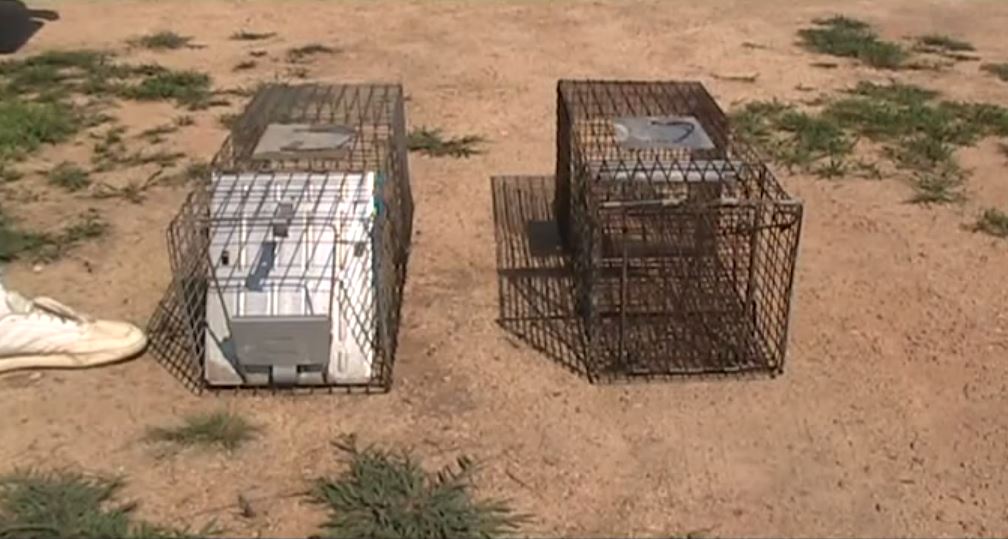Raccoon Trapping; How To Ensure That You Catch Raccoons With Traps

Raccoons are annoying, destructive and invasive rodents, which may cause mayhem at your home for a long time if you do not get rid of them immediately. They are notorious for spreading harmful parasites and diseases that can infect you or your pets. They eat food that you leave around the home, and they destroy other fixtures around your home. Raccoons are not very afraid of humans, and they adapt very fast to trap so it is important to know how to set different traps. The key to trapping raccoons is to keep changing the traps and the positioning of the traps so that you can catch them by surprise. There are different ways of trapping raccoons, and each of them works differently. All you have to do is to make sure that you have set up the traps correctly, and that you use the right size of traps.
Tips on how to trap raccoons effectively
1. Place the trap strategically
While setting up the trap, ensure that it is on the raccoon’s most probable path. Luckily, raccoons are not shy about traps, so they will crawl right into the trap. Make sure that the trap is on the surface level where they are most likely to be passing.
2. Use fresh bait in the trap
Sometimes the raccoon may take time to return to your home. Ensure that the bait in the trap is fresh so that it attracts them instantly. You can do this by changing the bait after at least two days. Keep checking the trap at least twice a day to see if any raccoons have been caught.
3. Use different kinds of traps
Raccoons are intelligent; they will know your trap within a short while, and they will avoid it. For this reason get different traps and place them in different positions so that you can catch the raccoons by surprise.
4. Be careful if the raccoon is in the house
Raccoons can move in your attic or the basement, and they become violent when you try to get rid of them. Trapping a raccoon that is already inside the house can be a bit tricky. You have to check and make sure that they have not reproduced in your attic. Most of the time, you set up a trap and catch the mother and this freaks out the babies, and they will destroy anything in their sight. The worst thing about it is that they will not fall for your bait and trap, and you will have trouble getting them out.
5. Catching and relocating trapped raccoons
If you are lucky and your trap catches a raccoon, remove it as soon as possible. Some states dictate that you call animal control so that the raccoon is taken away safely. It is important to wear gloves while handling the agitated raccoon in the trap since it might bite or scratch you infecting you with rabies or worse. You should take the raccoon at least ten miles away from human residential areas and release it there.
Go back to the Noises in the Attic home page.

